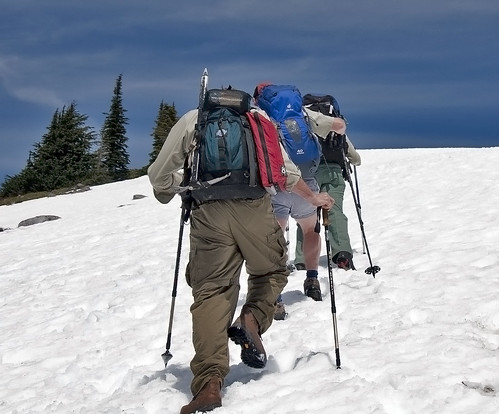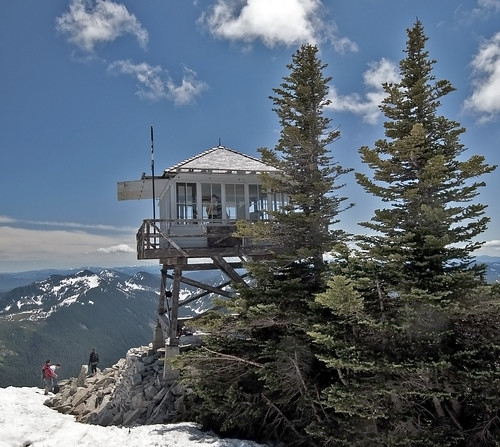
Hiking the backcountry in a national forest is a special experience where you will see wildlife and nature in its basic elements. But just in case you run into problems, there are wilderness rangers on some trails to lend a hand.
The Mt. Baker-Snoqualmie National Forest wilderness rangers patrol and maintain trails, lakes, campsites and restore damaged areas, making sure hikers are safe. They report on trail conditions and contribute to overall visitor safety. It can be hard work, and they do it all for free -- they are volunteers.
“People are very happy to see you out on the trail,” said Lori Houston-Gaidos, wilderness ranger on the Snoqualmie Ranger District. “You get a lot of questions like ‘how much further, where is the restroom, where should I hike next?’” she said. “We also inform hikers about designated Wilderness areas and forest regulations.”
Wilderness areas are managed for solitude and an untrammeled natural experience. “We want hikers to be able to walk into our wilderness as if they were the first visitors,” said Bill Sobieralski, district wilderness and trails specialist. Snoqualmie Ranger District encompasses almost 350,000 acres of land, including 110,000 acres within the Alpine Lakes, Norse Peak and Clearwater Wilderness areas.
About 50 people volunteer each year on the forest as rangers, going out on day hikes, others on extended backcountry overnight trips. Some choose where they want to patrol and others are assigned. They are provided with all the necessary supplies including radios and extra batteries.

Houston-Gaidos grew up in Cle Elum, Wash., on the eastern slopes of the Cascade Mountains. “There is no other place I would rather be,” she said. Her passion for hiking started as a child at the age of four. “My dad was an avid outdoorsman who made us carry our own sleeping bags and packs. He made the biggest impression on me for protecting and respecting the forest,” she said. Her mom taught her about the birds, plants and animals that live in the forest.
When the weather changes the volunteers switch from hiking boots to snowshoes. In winter the forest’s volunteer wilderness program has about 20 people helping teach interpretive snowshoe walks about winter forest ecology. Winter volunteering requires more training and includes basic avalanche skills. “Most of our summer volunteers help out year round,” said Houston-Gaidos.
Hiking and Mother Nature give Houston-Gaidos piece and solitude. “To me our world is so fast paced and noisy. Hiking helps rejuvenates me. I love encouraging people to come out and find themselves,” she said.




